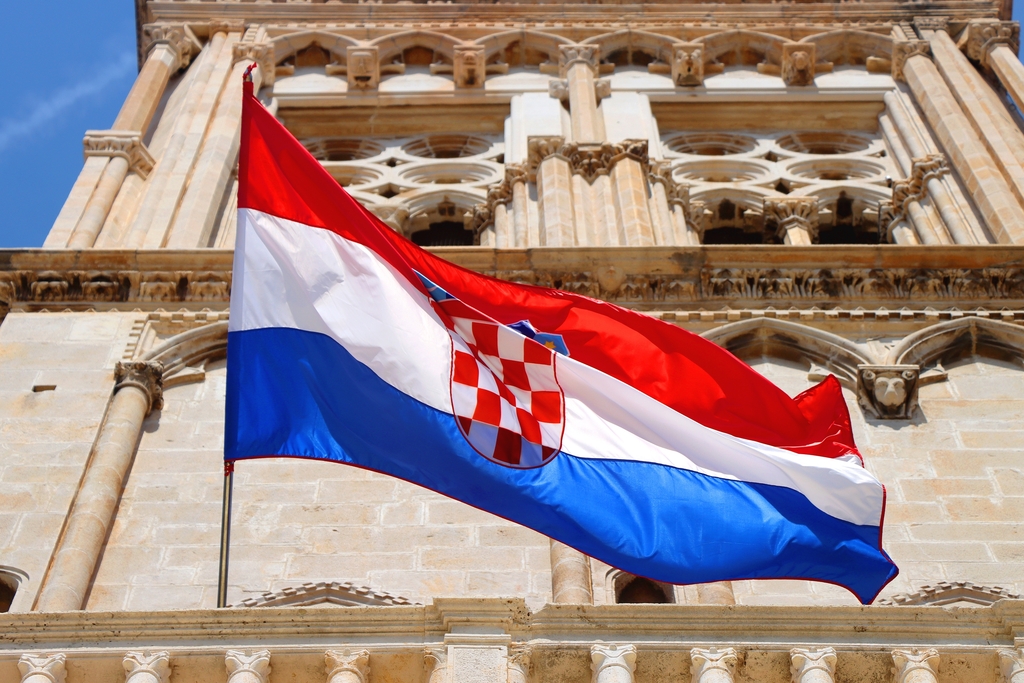Croatia might be known for its perfect beaches, ancient towns, and island-hopping dreams—but scratch beneath the surface, and you’ll uncover a country packed with innovation, charm, and stories that will surprise even the most seasoned traveler!
These kinds of details always elevate a trip from beautiful to absolutely extraordinary, which why you’d be remiss not to embrace as many of them as possible! Below, you will find ten incredible things your clients probably don’t know about Croatia — each paired with an experience we can craft into an unforgettable itinerary. From groundbreaking inventions to curiosities, prepare to uncover the most amazing facts about this stunning destination!
1. The necktie originated in Croatia.
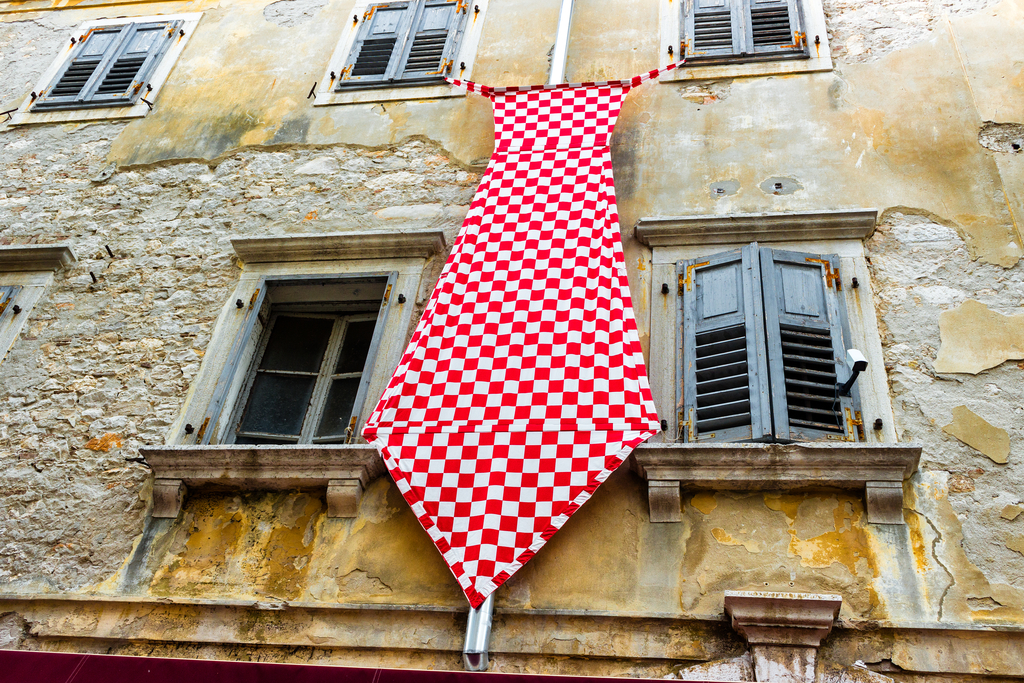
In the 1600s, Croatian soldiers tied colorful scarves around their necks as part of their military uniform. The look was smart, elegant, and distinctive—so much so that the trend took off when French aristocrats saw them in Paris. The cravat, or “Croat tie,” became the foundation of the modern necktie and left a permanent mark on global fashion.
Make it immersive: In Zagreb, we bring this story to life with an insider-style walking tour, complete with a visit to a boutique where your clients can select their own handcrafted silk cravat. It’s a stylish souvenir with an unforgettable story.
Why it matters: The cravat isn’t just a quirky fact—it’s a way to connect clients to Croatia’s unexpected cultural influence. For fashion lovers or first-timers in Zagreb, it adds a personal, surprising touch to their itinerary.
2. Nikola Tesla was born in Croatia.
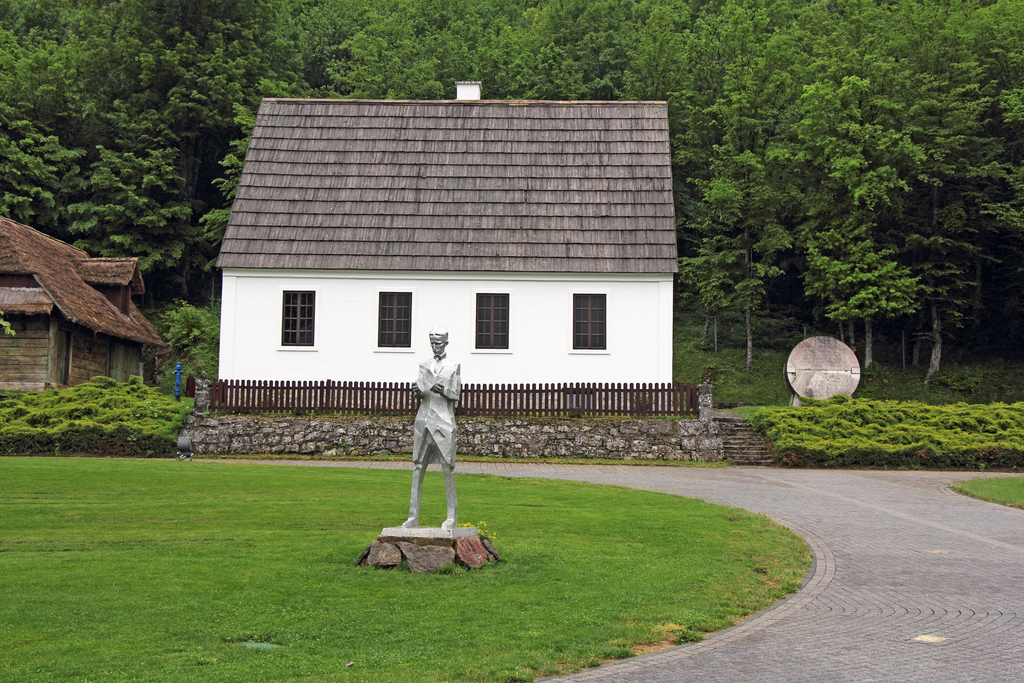
Before he became a pioneer of electricity and a symbol of genius, Nikola Tesla was a boy from the mountain village of Smiljan in Croatia’s rugged Lika region. The raw beauty of the landscape and the quiet of his surroundings inspired the beginnings of his revolutionary ideas.
Make it immersive: For clients with an eye for history and innovation, we combine a private visit to the Nikola Tesla Memorial Center in Smiljan with exploring Plitvice Lakes National Park. It’s a day that mixes science, nature, and wonder — perfect for families or curious minds.
Why it matters: Pairing Tesla’s birthplace with the natural beauty of Plitvice offers an entirely different look at Croatia. It’s an excellent match for travelers who want more than beaches and are curious about the country’s intellectual and natural richness.
3. Croatia has its own version of the Great Wall.
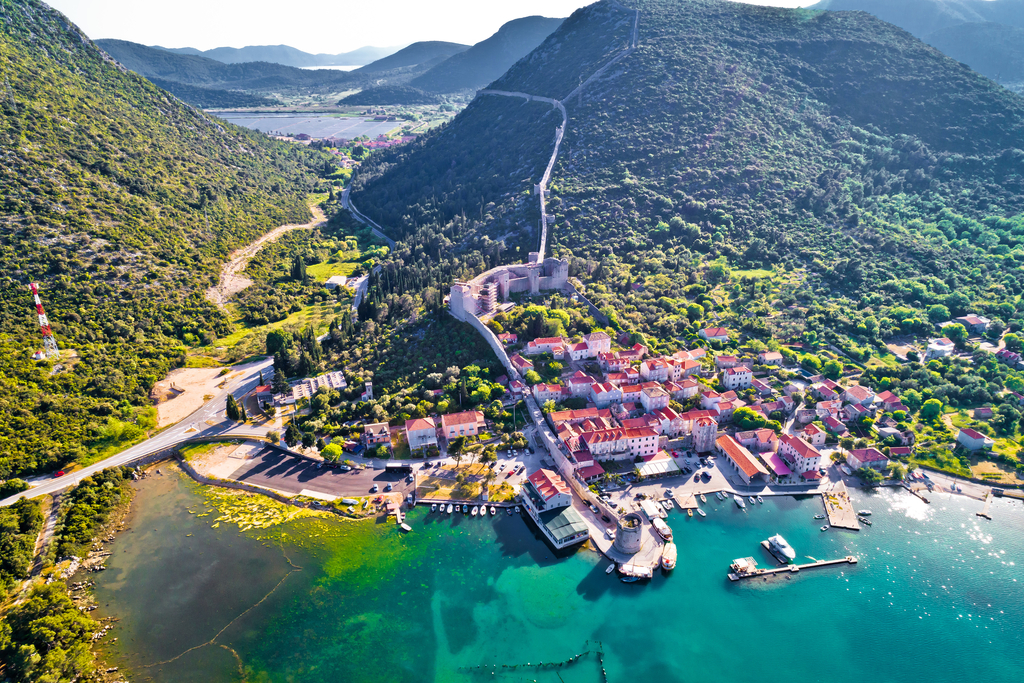
The stone walls of Ston, often called the “European Great Wall,” stretch over 3.5 miles across the hills. Built to protect the town’s salt pans, these fortifications whisper of a time when salt was as precious as gold. Below the walls, in Mali Ston Bay, the sea yields another treasure: oysters, prized for their flavor and freshness.
Make it immersive: After walking the historic Walls of Ston, your clients will head into the bay for an authentic oyster-tasting experience. They’ll learn from a local farmer, explore the beds, and enjoy a seafood lunch prepared on-site, with rakija and wine flowing as freely as the conversation.
Why it matters: This experience blends adventure, food, and history in one day. It’s ideal for culinary travelers or anyone looking to connect with local traditions that go beyond the typical coastal tour.
4. Zinfandel has Croatian roots.

Zinfandel’s bold red personality might scream California, but its true birthplace lies on the sunlit slopes of Kaštela, near Split. The grape known as Kaštelanski Crljenak has grown for centuries, quietly shaping the story of one of the world’s most beloved wines
Make it immersive: We take wine lovers into the hills of Kaštela, where they’ll meet winemakers restoring this original grape to glory. It’s a tasting with a twist—pairing terroir, storytelling, and sweeping views of the Adriatic.
Why it matters: Travelers love the full-circle moment of tasting Zinfandel at its source. It brings familiarity with a sense of discovery and connects their palate to a piece of global history.
5. The first torpedo was invented in Rijeka.
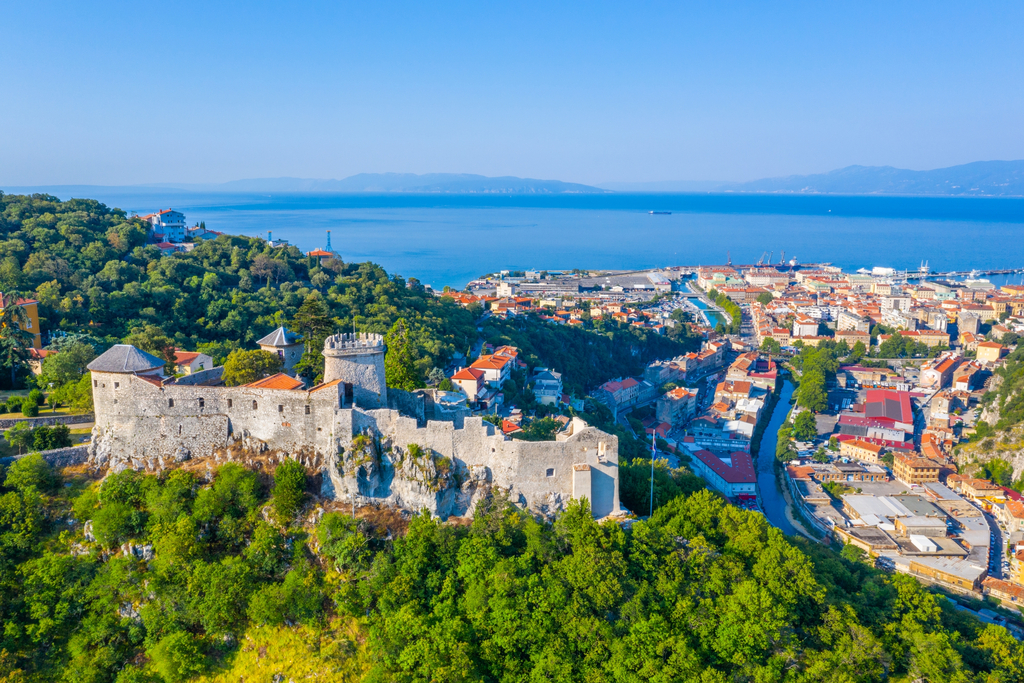
It’s not just coastline and cafés — Rijeka helped shape modern warfare with the invention of the world’s first self-propelled torpedo. Naval officer Ivan Blaž Lupis created the prototype in the 1860s, setting off a new era of maritime strategy.
Make it immersive: In Rijeka, your clients can explore this legacy with a guide who blends military history with cultural insight. We pair the torpedo exhibit with a walk through Rijeka’s creative district and a stop at a beloved bakery for something sweet.
Why it matters: Rijeka is an often-overlooked port with a story to tell. This tour adds unexpected depth to itineraries between Istria and the Dalmatian coast.
6. Dubrovnik banned slavery in 1416 and recognized the USA in 1783.
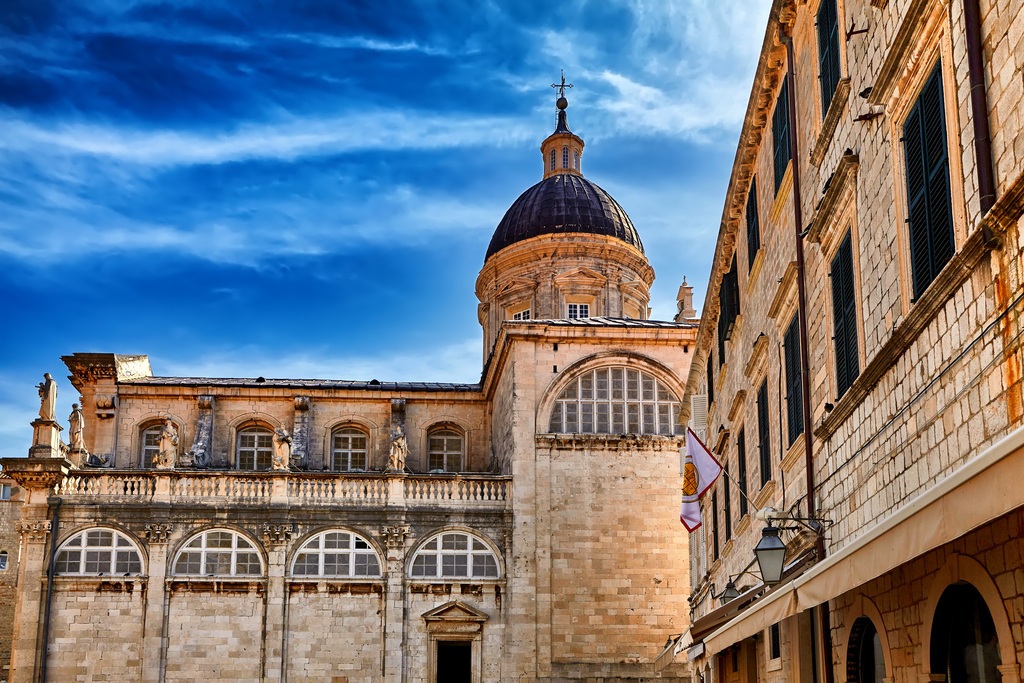
The Republic of Ragusa, now Dubrovnik, wasn’t just a pretty port—it was ahead of its time. It outlawed slavery over 600 years ago and was among the first to recognize American independence. Ragusa stood for diplomacy, freedom, and forward-thinking in a world of empires.
Make it immersive: With one of our experienced local historians, your clients will walk through Dubrovnik’s Old Town and uncover the city’s progressive past. From secret inscriptions to monuments of liberty, the stories they hear will change how they see those ancient stones.
Why it matters: Many travelers visit Dubrovnik for the views. Few know its history of radical diplomacy. This tour elevates the city from beautiful to meaningful.
7. The world’s smallest town is tucked away in Istria — and yes, it’s real!
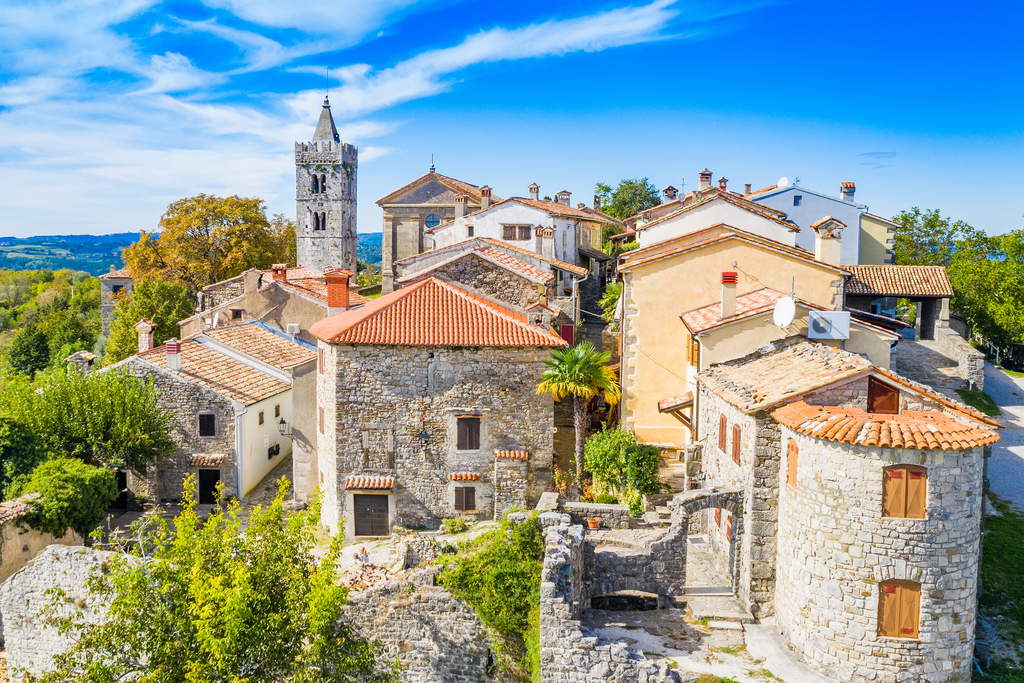
Tucked into a grove of chestnut trees and stone-paved silence, Hum holds the official Guinness World Record for the smallest town in the world. Its population rarely creeps above 20, yet it has its own town gate, a Romanesque church, a handful of homes, and even a mayor — elected annually through a centuries-old tradition that involves casting votes by carving names into a wooden stick.
There’s something magical about being in a place this quiet, where the sound of bees buzzing and a distant church bell fills the air. And while Hum may be tiny, the region surrounding it — Istria — offers big reasons to linger. Think wine roads winding through hilltop villages, olive groves kissed by sea breezes, and kitchen tables piled high with black and white truffles.
Make it immersive: Travelive arranges full-day adventures through Istria’s inland heart, starting with Hum and continuing to hill towns like Motovun, Grožnjan, and the hidden village of Bale. Along the way, clients can savor truffle hunting experiences, sip locally distilled rakija, and enjoy lunch in a rustic tavern where the chef knows the farmer — and probably the mayor, too.
Why it matters: Istria remains one of Croatia’s most underrated regions for travelers, and it’s the ideal extension for those combining Croatia with Slovenia or northern Italy. The roads are easy, the food is exceptional, and the stories — like the one about the world’s smallest town — promise to stick with you for a lifetime.
8. The parachute traces back to Šibenik.

Before Da Vinci’s sketches took flight, Faust Vrančić, a Renaissance man from Šibenik, designed and tested a working parachute. He jumped from a Venetian tower to prove it — and lived to tell the tale!
Make it immersive: On a walking tour of Šibenik, your clients will hear about Vrančić’s innovations while taking in the beauty of this coastal gem. We pair the history with a local lunch in a seaside tavern and a peek inside the town’s impressive cathedral.
Why it matters: Šibenik is more than a photogenic stop. It’s a perfect alternative to Split, offering similar coastal charm with fewer crowds. This story brings curiosity and character to a town that deserves more time on a client’s itinerary.
9. Dubrovnik is home to Europe’s oldest pharmacy — and it’s still open today!
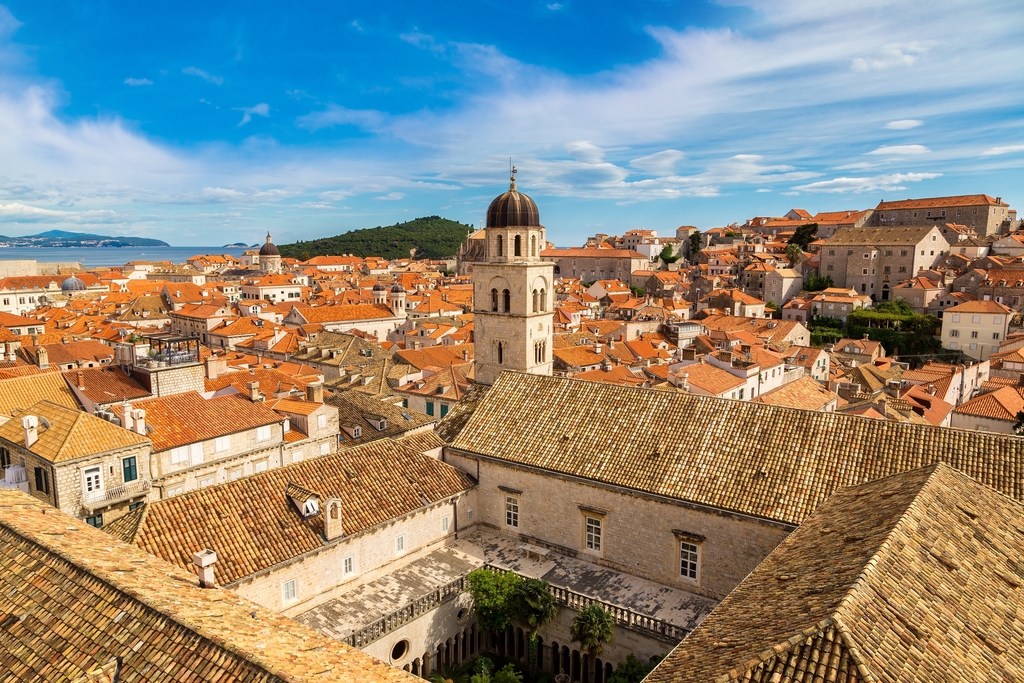
Tucked inside the Franciscan Monastery, a working pharmacy has operated since 1317. Its shelves still hold time-tested recipes made from local herbs, and its jars whisper of generations past.
Make it immersive: We include visiting the Old Pharmacy Museum in our cultural tour of Dubrovnik. Clients can even purchase natural creams, and tinctures made with the same care and tradition passed down over centuries.
Why it matters: This stop brings clients into an intimate corner of Dubrovnik’s history. It’s an unexpected favorite among travelers who love slow moments and local finds.
10. There’s a house inside a house on Brač Island.
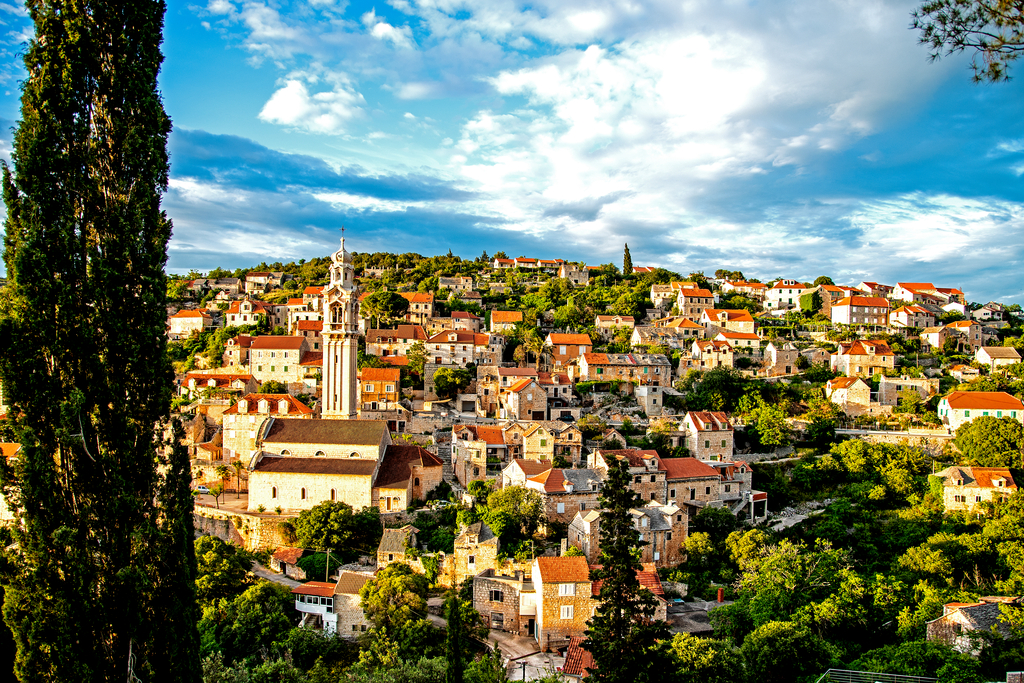
On the island of Brač, in the village of Ložišća, you’ll find one of Croatia’s most charming architectural oddities — a perfectly preserved traditional stone house that, quite literally, has a smaller stone house built inside of it. This unusual layering of structures tells the story of family, history and how Croatian homes often evolved organically over generations.
Make it immersive: Our tailor-made Brač experiences include a stop in Ložišća and nearby villages, where clients can walk through narrow stone streets, meet local artisans, and enjoy a tasting of Brač’s famous olive oil and wines.
Why it matters: Brač is too often skipped for more famous neighbors like Hvar. This charming island has incredible architecture, rich history, and warm hospitality — and deserves a place on your clients’ radar.
A Country of Stories, Not Just Sunsets
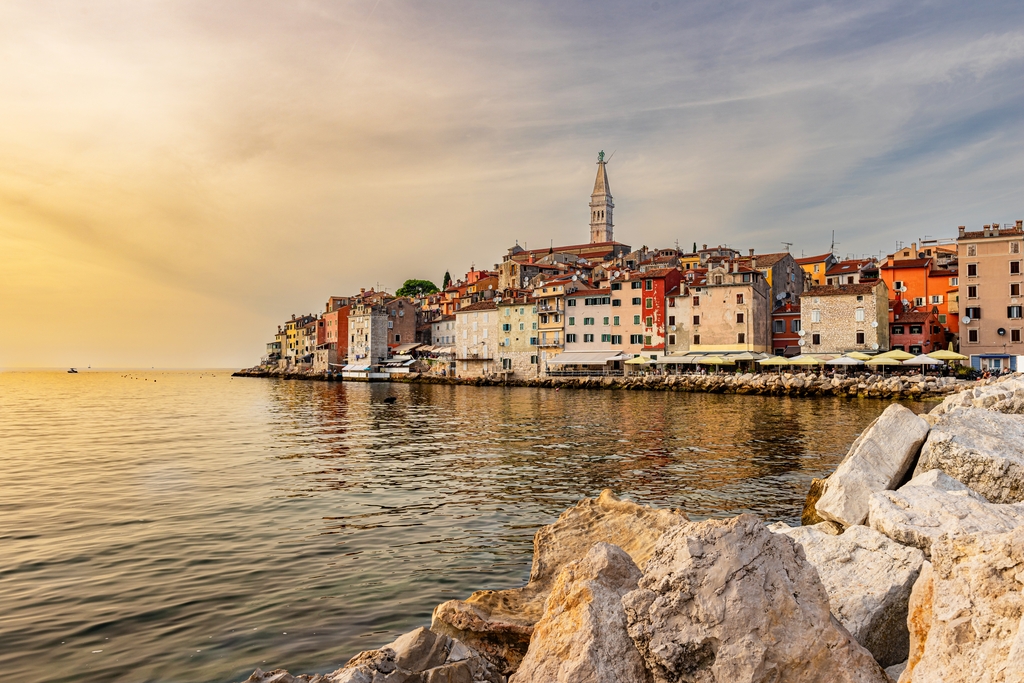
Croatia is beautiful, yes. But it’s also brilliant. Surprising. Proud. And deeply layered. These stories invite your clients to go deeper — to wander into a pharmacy from 1317, to taste the original Zinfandel with the winemaker’s family, to stand on medieval walls and toast the sunset with rakija in hand. With all of this in mind, Travelive can help you create an itinerary that will show your clients a side of Croatia they’ll never forget!

